upside down cuttings
coolvol
14 years ago
Related Stories

REMODELING GUIDESLive the High Life With Upside-Down Floor Plans
A couple of Minnesota homes highlight the benefits of reverse floor plans
Full Story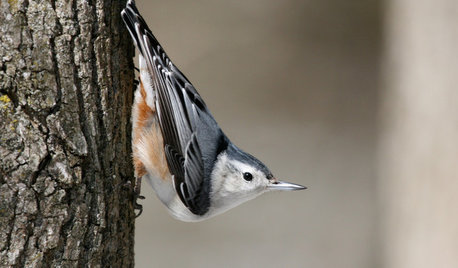
GARDENING FOR BIRDSBackyard Birds: Those Nutty Nuthatches
The North American songbirds, which often perch upside down, make themselves known in the winter landscape
Full Story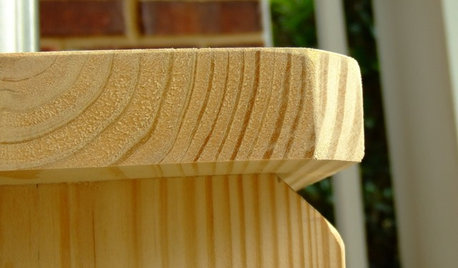
DIY PROJECTSCutting Corners: Miters Spruce Up Woodworking Projects
These basic woodworking cuts add another dimension to simple corners
Full Story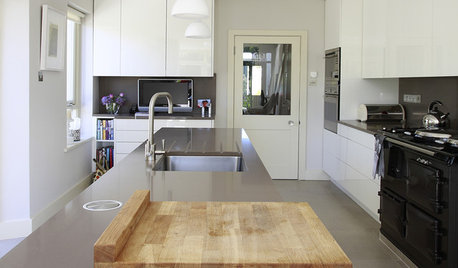
KITCHEN DESIGNButcher Block Makes the Cut for Holiday Kitchen Prep
Countertops and cutting boards will likely take a beating over the holidays. These butcher blocks have the chops to perform under pressure
Full Story
HOME OFFICESQuiet, Please! How to Cut Noise Pollution at Home
Leaf blowers, trucks or noisy neighbors driving you berserk? These sound-reduction strategies can help you hush things up
Full Story
GARDENING GUIDES7 Ecofriendly Gardening Ideas That Also Cut Chore Time
Spend less time weeding, less money watering and more moments just sitting back and enjoying your healthy garden
Full Story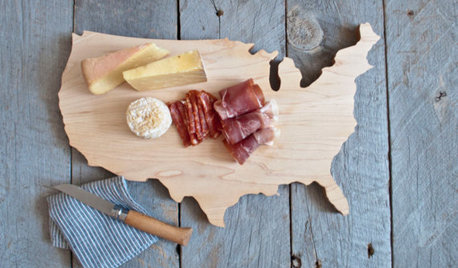
PRODUCT PICKSGuest Picks: Chop Chop! 20 Cutting Boards Too Good to Miss
Any way you slice it, these cutting boards, chopping blocks and serving boards are both artful and practical
Full Story
HOLIDAYSHow to Care for Your Christmas Tree
Keep your tree looking lush until the last ornament is packed away with these tips for watering, using stands and more
Full Story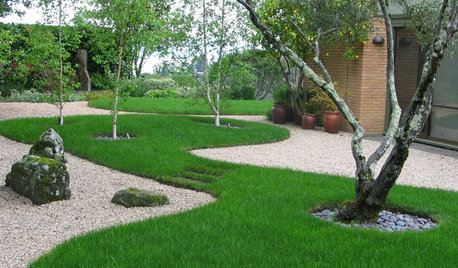
LANDSCAPE DESIGNIs Your Garden Cut Out for Matisse Inspiration?
Look to the artist’s paper collages for a creative and easy approach to garden design
Full Story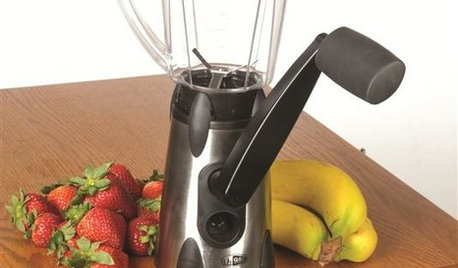
ACCESSORIESEasy Green: Cut Electricity Use With 15 Unplugged Home Devices
Crank up the energy savings, courtesy of household items that come into power the old-fashioned way: manually
Full Story





coolvolOriginal Author
brandon7 TN_zone7
Related Professionals
Hershey Landscape Architects & Landscape Designers · Zion Landscape Architects & Landscape Designers · Jackson Landscape Contractors · Surprise Landscape Contractors · Bedford Landscape Contractors · Bell Gardens Landscape Contractors · Cupertino Landscape Contractors · Dickinson Landscape Contractors · Lebanon Landscape Contractors · Plantation Landscape Contractors · Reedley Landscape Contractors · Vermilion Landscape Contractors · Weslaco Landscape Contractors · Westchester Landscape Contractors · Ferguson Landscape Contractorsbrandon7 TN_zone7
coolvolOriginal Author
brandon7 TN_zone7
logrock
cody_mi